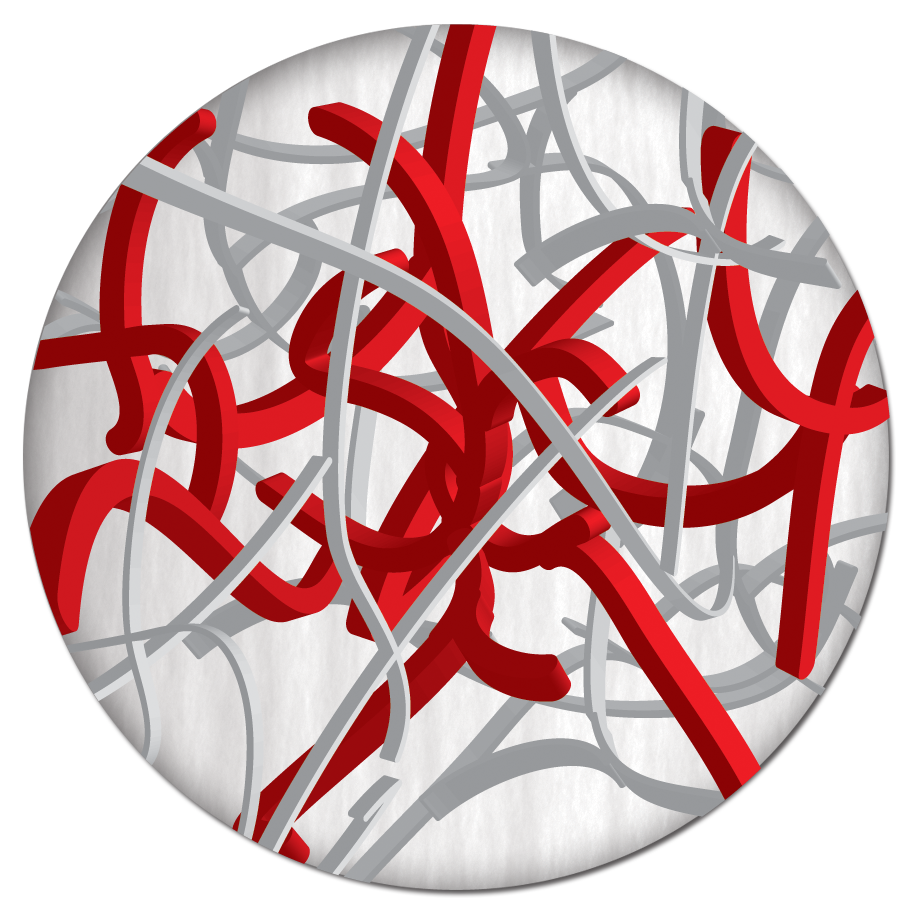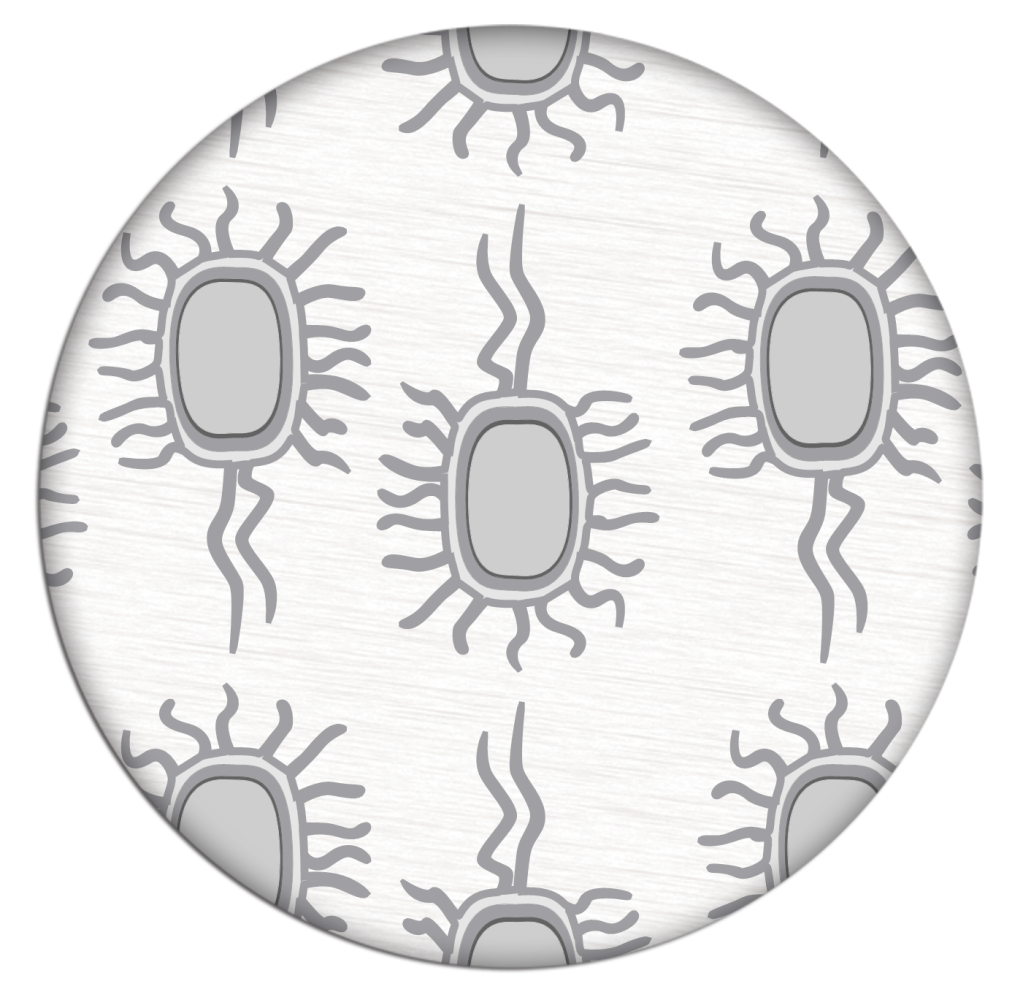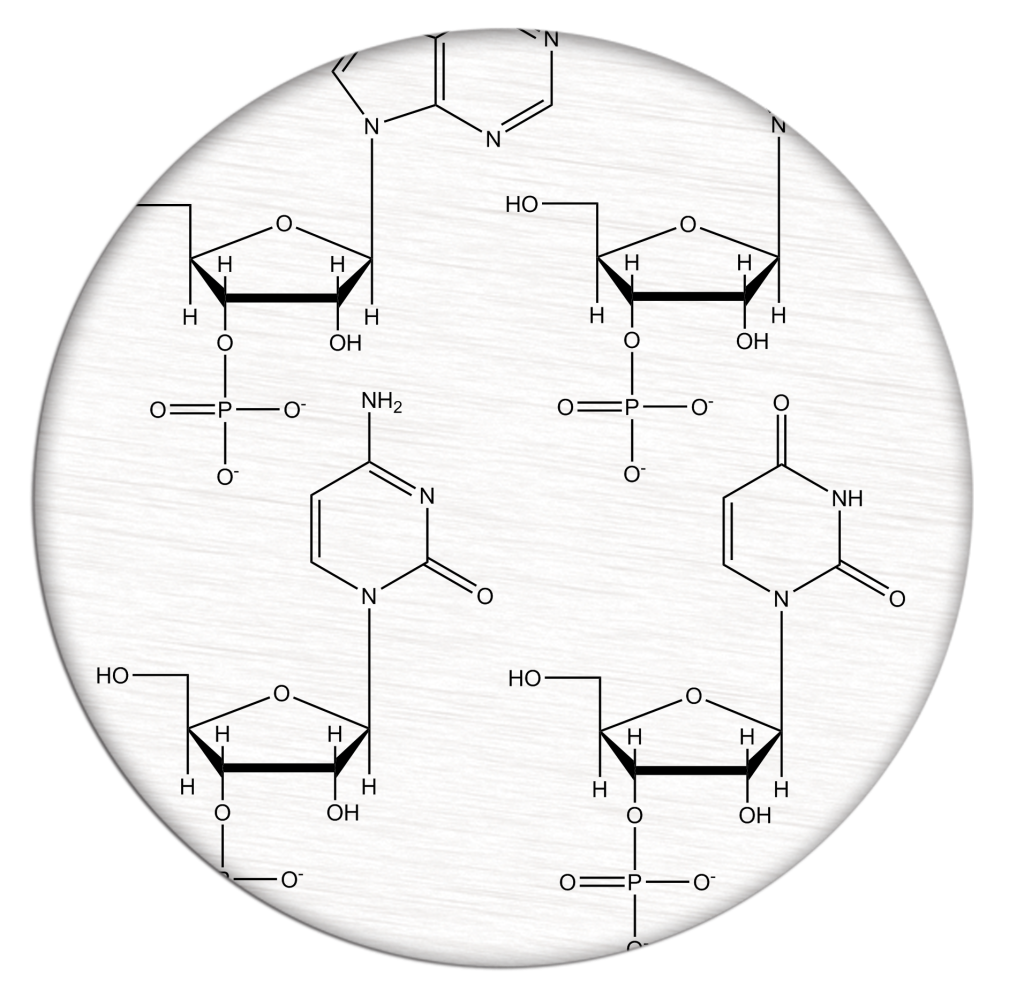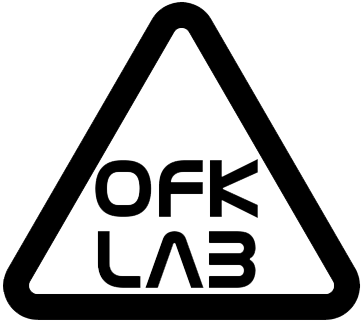Nanomaterials for Controlled Nucleic Acid Delivery

There are many kinds of useful nucleic acids that, if deployed correctly as nanotechnology payloads, can help regulate a patient’s genes for therapeutic outcomes without small molecule drugs or germline modifications. Ribonucleic acid (RNA) molecules are particularly versatile; small interfering RNA (siRNA) and micro RNA (miRNA) can temporarily silence genes, while messenger RNA (mRNA) can temporarily express them.
We build nanomaterials that self-assemble with RNA molecules to form nanoparticles for cell and tissue administration. We dictate RNA binding affinity, controlled release and protection through nanomaterial molecular design. To achieve multigene control in cells, we employ a multiplexing approach where a plurality of different RNA molecules are simultaneously delivered via the nanomaterial to a desired cell type. This method enables complex genetic studies and better disease treatments.
Vascular Engineering

The body’s vascular system connects all organs and tissues. The lumen of blood vessels are lined with endothelial cells. Dysfunctional endothelial cells contribute to the pathophysiology of many abnormal conditions, including vascular disease, stroke, hypertension, atherosclerosis, organ failure, diabetes, retinopathy and cancer.
We view the link between endothelial cells and pathogenesis as a control point for many diseases and build nanomaterials capable of preferentially delivering their RNA payloads to endothelial cells for therapeutic outcomes.
Primary Lymphoid Organ Engineering

The bone marrow, a primary lymphoid organ, is where the effectors of the immune system are derived. In particular, pluripotent hematopoietic stem cells can produce monocytes, neutrophils, dendritic cells, T cells and B cells. Once created, these cells are mobilized and travel through the blood stream to arrive in their target areas such as peripheral lymph nodes, injured tissues and sites of infection.
Using RNA nanotechnology, we modulate gene expression in the bone marrow to study complex multigene disease mechanisms. Similarly, we augment these primary lymphoid organ processes for regenerative medicine applications.
Therapies for Autoimmune Diseases

Autoimmune diseases result in the immune system’s inability to recognize and tolerate self-antigens. This aberration results in the immune system attacking the patient’s own cells, leading to a need for immunosupressive drugs.
The immune system does, however, have cells that promote self-tolerance called induced T regulatory (iTreg) cells. We create nanotechnologies that activate these iTreg cells. Our nanomaterials deliver RNA molecules that encode the instructions necessary to promote self-tolerance and stop the deleterious cell signalling responsible for autoimmune responses.
Environmental Bioengineering

Increased antibiotic use in livestock and humans has contributed to a rise in antibiotic-resistant bacteria by acting as an evolutionary selection pressure. Antibiotic resistant genes have also been identified in treated drinking water around the world.
To help improve water quality and the sustainability of the drinking water purification processes, we explore the creation of reusable treatment materials. To promote adoption, these materials are designed to be compatible with existing processes such as flocculation, clarification and filtration.
Synthetic Ribonucleic Acid-Based Vaccines

Vaccines save millions of lives annually and are among the most effective healthcare tools ever developed. There are many types of vaccine technologies available including live attenuated, subunit and nucleic acid. However, when it comes to specific diseases, each technology can have different degrees of efficacy. Furthermore, each one has their own challenges in terms of production and distribution.
We elucidate the mechanisms that make certain vaccine technologies superior to others in infectious disease and cancer applications. These advantages are engineered into our fully synthetic RNA-based nanotechnology vaccines through nucleic acid sequences and delivery material molecular structures. Additionally, to reduce healthcare worker burden, these vaccines are optimized for easier routes of administration, such as subcutaneous injection, inhalation or oral delivery.
Copyright © Omar F. Khan
